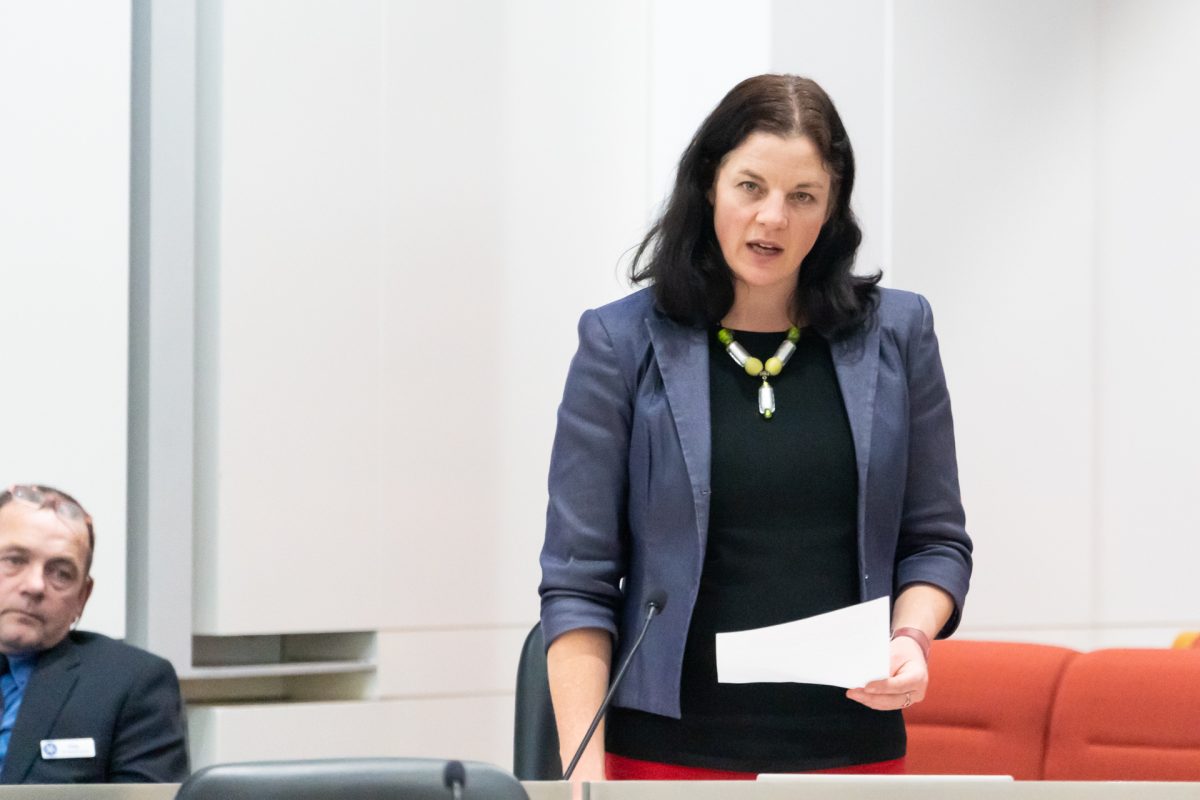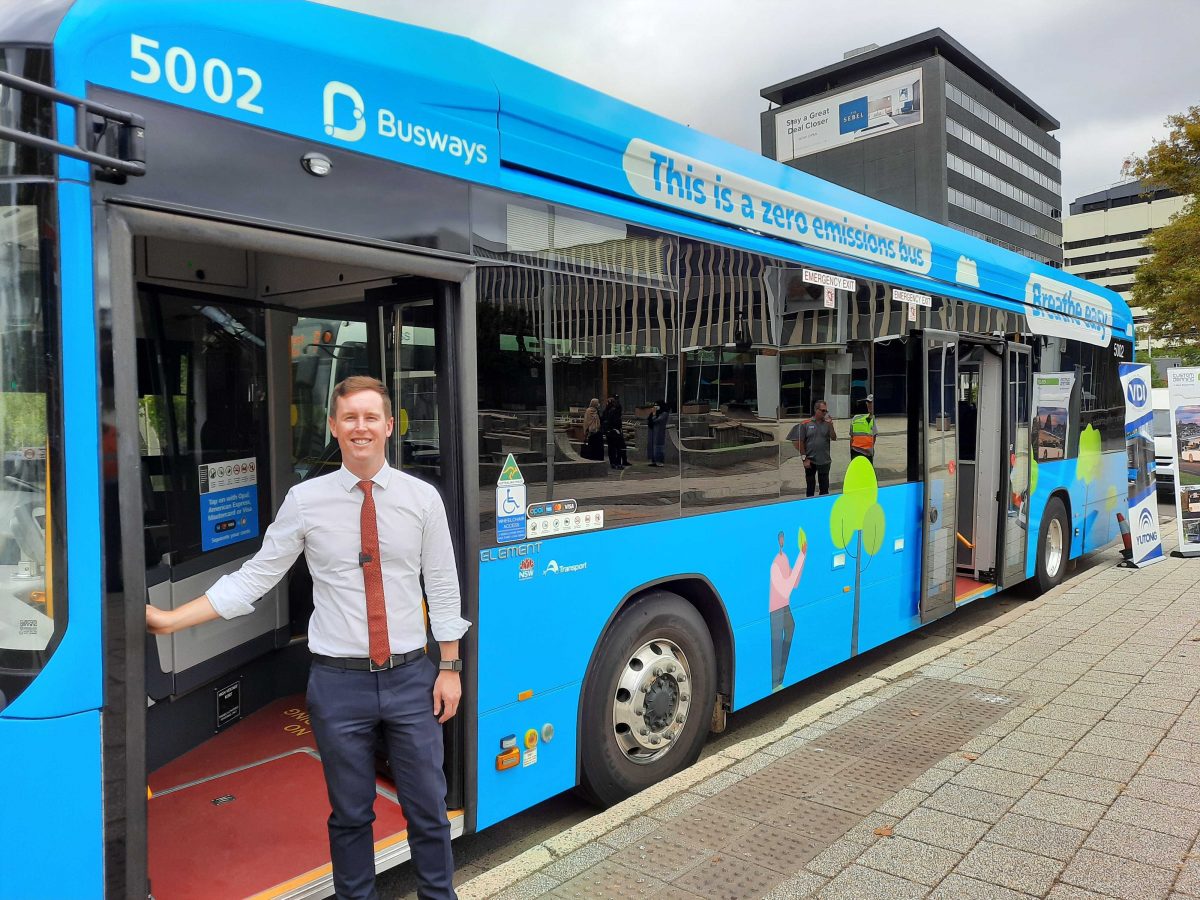Greens pop government’s tyres over active travel budget that ‘doesn’t add up’
Greens #Greens


ACT Greens MLA Jo Clay argues the Transport Minister’s active travel allocations don’t add up, with one fifth of the budget to go towards a sealed shoulder on the Monaro Highway. Photo: Region Media.
The ACT Greens say the government’s active travel budget allocations don’t add up, and more needs to be done to deliver a fit-for-purpose transport network across the city.
They argue spending a fifth of the active travel budget on a sealed highway shoulder on the Monaro Highway doesn’t add up to investing in dedicated cycle infrastructure.
Transport and City Services Minister Chris Steel released the government’s draft active travel plan earlier this week, which outlined a series of infrastructure projects intended to make the streets safer for walking and cycling.
That plan, which includes a commitment to separated cycle paths is now out for community consultation.
And while that’s been welcomed by the Greens spokesperson for active travel Jo Clay, she thinks the government isn’t quite walking the walk on active travel just yet.
READ ALSO Government demands new school builder have women contractors, all-female management
In particular, Ms Clay had concerns about the allocation of more than a fifth of the government’s recent active travel budget on a sealed highway shoulder on the Monaro Highway that can accommodate cycling.
She said this simply wasn’t dedicated cycle infrastructure.
“The Monaro Highway shoulder being considered active travel infrastructure is not in line with Australian Standards around safety and should not count as the single biggest part of our active travel spend,” Ms Clay argued.
“Along with the fact that few cyclists will want to share the road on a 100 km/h highway shoulder. Women have told us that they are particularly affected by the lack of safe active travel options in general around our city and have called for separate infrastructure.”
However, in a response to a question on notice in the ACT Legislative Assembly, Mr Steel said the project would provide for on-road cycling infrastructure and was therefore considered part of an active travel investment.
Mr Steel said the projects were in accordance with Austroads and ACT Government standards.
The Greens are also calling for at least 20 per cent of the roads budget to be spent on dedicated active travel projects.
Nonetheless, Ms Clay described Mr Steel’s active transport plan as “really positive”.

Minister for Transport Chris Steel (pictured with a new electric bus) has released the government’s draft active travel plan. Photo: Ian Bushnell.
The draft included 12 key actions the government intends to take including installing trip counters on key active travel routes so the government can measure how many people are using the infrastructure, along with converting more on-road cycle lanes to separated cycleways.
“We’re also proposing to prioritise better walking and cycling connections, secure bike parking and a range of targeted programs to encourage people to use active travel and public transport more often,” Mr Steel said.
It also proposes changing infrastructure requirements so Canberra’s streets would require less car rides to be taken.
These changed requirements would ensure new suburbs had good active travel infrastructure so new residents could form good habits from the get-go.
Next year the government will consult with the community about dropping the speed limit on suburban streets from 50 km/h to 40 km/h.
It will also work alongside e-scooter operators to introduce concession pricing, explore a shared e-bike scheme and provide parking cages in every town centre.
READ ALSO Reliability and weekend services behind bus driver recruitment effort
Ms Clay also recently released a discussion paper on active travel which floated ideas such as car-free days, limited parking, and bike riding without helmets in a bid to encourage Canberrans to try more active travel options.
If the ACT is to achieve net zero emissions by 2045, it’s estimated an additional 40–45 per cent of car journeys would need to shift to active travel and public transport.
As of 2017, around 20 per cent of all trips in the Territory were active travel.
Consultation on the government’s draft plan is open until 24 August.